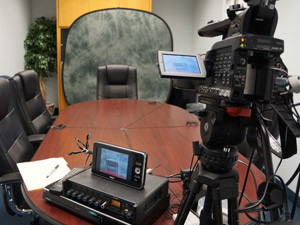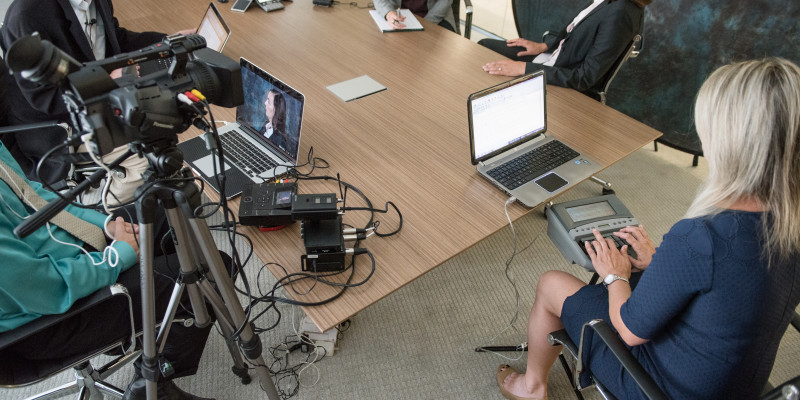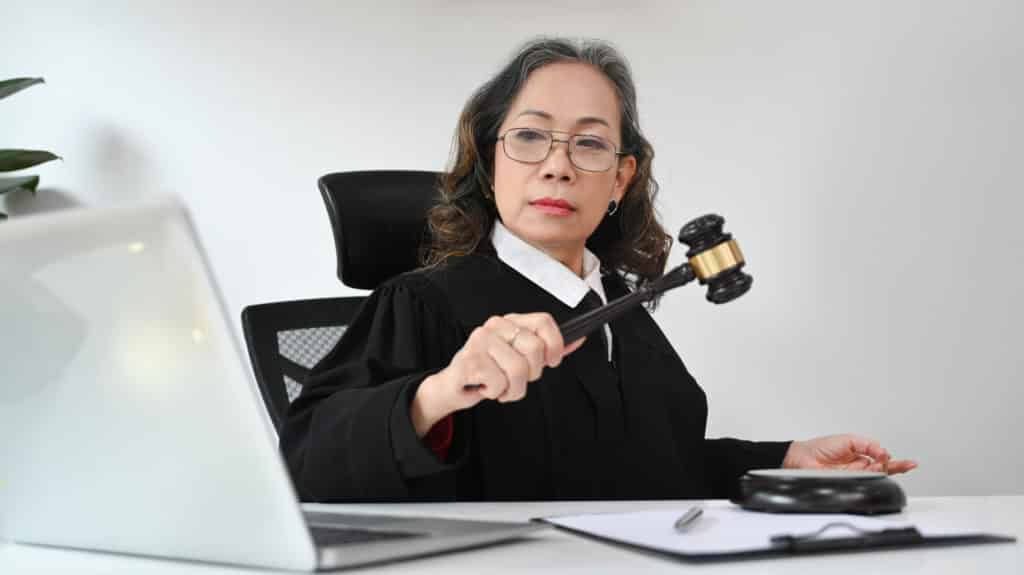The Relevance of Lawful Videography in Court Room Presentations
Lawful videography has actually emerged as a necessary tool in courtroom presentations, giving a multidimensional perspective on witness testaments that transcends mere transcripts. As we check out the numerous aspects of legal videography, including its advantages and finest methods, it comes to be evident that its impact on the judicial process warrants a better evaluation.
Understanding Legal Videography
Exactly how does legal videography enhance court room discussions? Lawful videography is a customized field that catches visual and audio recordings of court proceedings, depositions, and witness statements. By providing an aesthetic account of occasions, it adds an engaging dimension to the discussion of evidence. This approach permits for the accurate paperwork of declarations, body movement, and emotional signs, which can be critical in influencing the court's perception.
The procedure includes making use of high-quality video clip devices and specialist techniques to guarantee clearness and fidelity. Legal videographers are educated to recognize courtroom methods and the legal relevance of the recordings they create. This experience makes certain that the last product follows lawful requirements and can be dependably used as evidence.
Furthermore, lawful videography works as a vital tool for appellate cases, where assessing the initial testament is necessary. The capacity to revisit witness statements in their initial context aids in comprehending subtleties that might be shed in written transcriptions. In summary, legal videography boosts court presentations by offering an in-depth, accurate, and appealing approach of recording and presenting proof, ultimately contributing to a much more enlightened judicial procedure.

Advantages for Lawyers
Lawful videography uses considerable advantages for lawyers, boosting their capability to present instances properly. Among the key advantages is the ability to record witness testaments and depositions with precision, guaranteeing that the subtleties of spoken and non-verbal interaction are preserved. This allows attorneys to offer a compelling narrative that reflects the reputation and feelings of witnesses.
Furthermore, legal videography provides a vibrant choice to conventional documentation. Video clip proof can streamline intricate statement, making it a lot more obtainable and interesting for judges and courts. This aesthetic style can also boost retention of crucial details, as jurors are usually most likely to keep in mind what they see than what they hear.
In addition, the professional quality of lawful video can boost an attorney's trustworthiness (legal videography). A well-produced video shows complete preparation and focus to detail, which can positively affect the perception of both the lawyer and their case. The usage of legal videography can speed up test processes, as it permits for quicker recommendation to recorded statements, lowering the need for extensive reading of records.
Enhancing Jury Engagement
Enhancing jury pop over here interaction via the use of lawful videography can dramatically impact the performance of court discussions. In an environment where jurors are charged with soaking up complicated information, visual aids can work as an effective device top article to keep attention and assist in understanding. Lawful videography changes traditional evidence into dynamic visual narratives, allowing jurors to connect emotionally and cognitively with the material provided.
The unification of video clip evidence can clarify elaborate information that might be difficult to convey through verbal testimony alone. By providing an aesthetic representation of events, the jury can a lot more easily realize the context and subtleties of the situation, resulting in notified considerations. In addition, lawful videography can stimulate a feeling of realism, developing a more powerful connection with the realities and fostering empathy for the individuals included.
Efficient legal videography additionally suits diverse knowing styles within a court, boosting retention of the details provided. By attracting both auditory and aesthetic learners, attorneys can make sure that their disagreements reverberate with a more comprehensive target market. legal videography. Eventually, the strategic usage of legal videography not only captures jurors' focus however likewise improves their overall understanding, bring about more fair decisions
Sorts Of Legal Video Proof

An additional significant kind is security video, which can give essential context in criminal situations. This video clip proof frequently assists establish timelines, areas, and actions of individuals involved in an incident, consequently aiding the jury in forming an extensive photo of the occasions.
Demonstrative proof in video layout is also necessary, as it can highlight complicated concepts or recreate accident scenes. Such videos help jurors find more imagine circumstances that are otherwise challenging to understand via spoken descriptions alone.

Finally, evidence from body-worn electronic cameras utilized by police can use an unfiltered sight of communications throughout critical occurrences, adding to openness and accountability. Each of these video kinds plays a crucial role in the court room, enhancing the overall discussion of evidence and sustaining a fair judicial procedure.

Ideal Practices for Implementation
Exactly how can lawful specialists successfully include videography into their courtroom presentations? It is critical to choose skilled videographers that comprehend the lawful context and can guarantee that all recordings adhere to pertinent laws.
Following, specialists should prepare the videography beforehand, determining vital moments and testimonies that will improve their case. This tactical technique permits for focused material that reverberates with the jury. Additionally, arranging the videos into meaningful sectors customized to the court's modern technology will help with seamless combination during presentations.
In addition, lawful teams ought to practice how to present the video evidence successfully, ensuring that all participants recognize with the content and the modern technology being utilized. This prep work reduces interruptions and takes full advantage of influence. Lastly, maintaining a clear narrative and attaching the video proof to the overarching case motif will reinforce the arguments being made.
Conclusion
In final thought, legal videography significantly enhances courtroom presentations by supplying a thorough and engaging tool for witness testaments. Its capacity to catch both verbal and non-verbal signs help in the quality and effectiveness of evidence, eventually supporting fairer judgments. By adhering to well established procedures and using finest practices, legal videography serves as an indispensable device for lawyers, promoting greater court engagement and understanding of complicated details within the legal procedure.